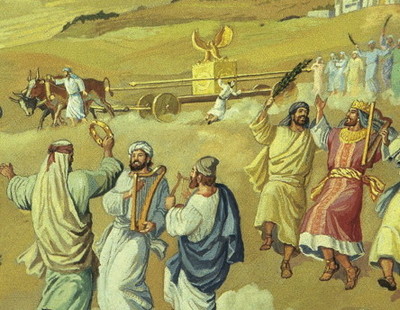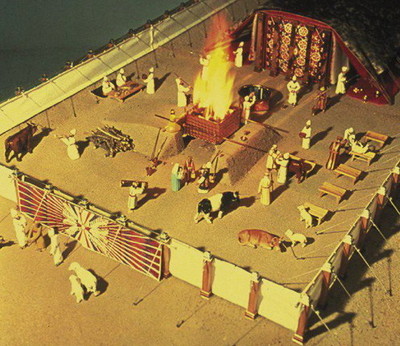Anyone who has ever tried to read through the entire Bible has inevitably found it to be an uneven experience. Some portions, like the Old Testament narratives or the Gospels and Acts are engaging, easy to read, and thoroughly entertaining. Other portions, like the New Testament epistles, Psalms, and Proverbs, are rich in theological discussion, inspirational poetry, and practical wisdom. But then there are those portions which are difficult to read and hard to get excited about: the genealogies in Genesis and Chronicles, the intricate plans for the construction of the tabernacle in Exodus, the censuses in Numbers, and the detailed instructions on how to perform various sacrifices in Leviticus. We dutifully try to read these passages, all the while thinking to ourselves, “Well, this is in the Bible, so I guess it must be important.” Unfortunately, even when we do succeed in slogging through these passages, it’s not always apparent what good they did us.
Still, the more we read the Bible, the more we begin to see how these tedious passages are the key to understanding many of the more interesting ones. For example, the books of Samuel speak a great deal about the tabernacle and priestly practices. Eli and his sons, and later Saul, are rejected because of religious failures which may not immediately strike us as that big a deal. And what about poor Uzzah, whose only sin seems to have been wanting to keep the ark of the covenant from falling to the ground? How can we understand these passages unless we have a firm grasp of the cultic background they address?
Artistic depiction of the death of Uzzah
from Carta’s Encyclopedia of the Holy Temple in Jerusalem
Or what about New Testament books like the epistle to the Hebrews? That epistle discusses the Jewish temple, priesthood, and sacrifices in great detail, comparing them and contrasting them with Jesus Christ and the Christian church. The more you know of the former the better you can grasp what the author is saying about the latter.
Artistic depiction of tabernacle sacrifices from the
Zondervan Illustrated Bible Background Commentary on the New Testament
So it turns out that all those tedious parts of the Bible really are important and worth understanding. In fact, those who don’t understand them can sometimes fall prey to the sophistry and manipulation of unscrupulous teachers who claim to have “unlocked” their meaning.
It seems that every time I flip through the channels of my television, I run across some teacher who is explaining the “symbolic” meaning of the temple or the Day of Atonement or some kind of Hebrew sacrifice. Some of this teaching is helpful, but most of it is absolute nonsense. Unfortunately, those who lap this stuff up have no way of judging the accuracy of their teachers’ claims. By claiming to open up these more inscrutable passages of the Bible, these teachers establish themselves as unquestionable authorities, and that’s a dangerous thing for both teacher and student alike.
In the past two weeks, we’ve released resources from Zondervan and Carta which carefully and accurately explain the historical, cultural, and religious background of even the most obscure Biblical passages. By utilizing these resources well, we can be better equipped to understand those passages and to counter the teachings of those who misread them. This week, I’ll give you some specific examples of how those resources can help you.



